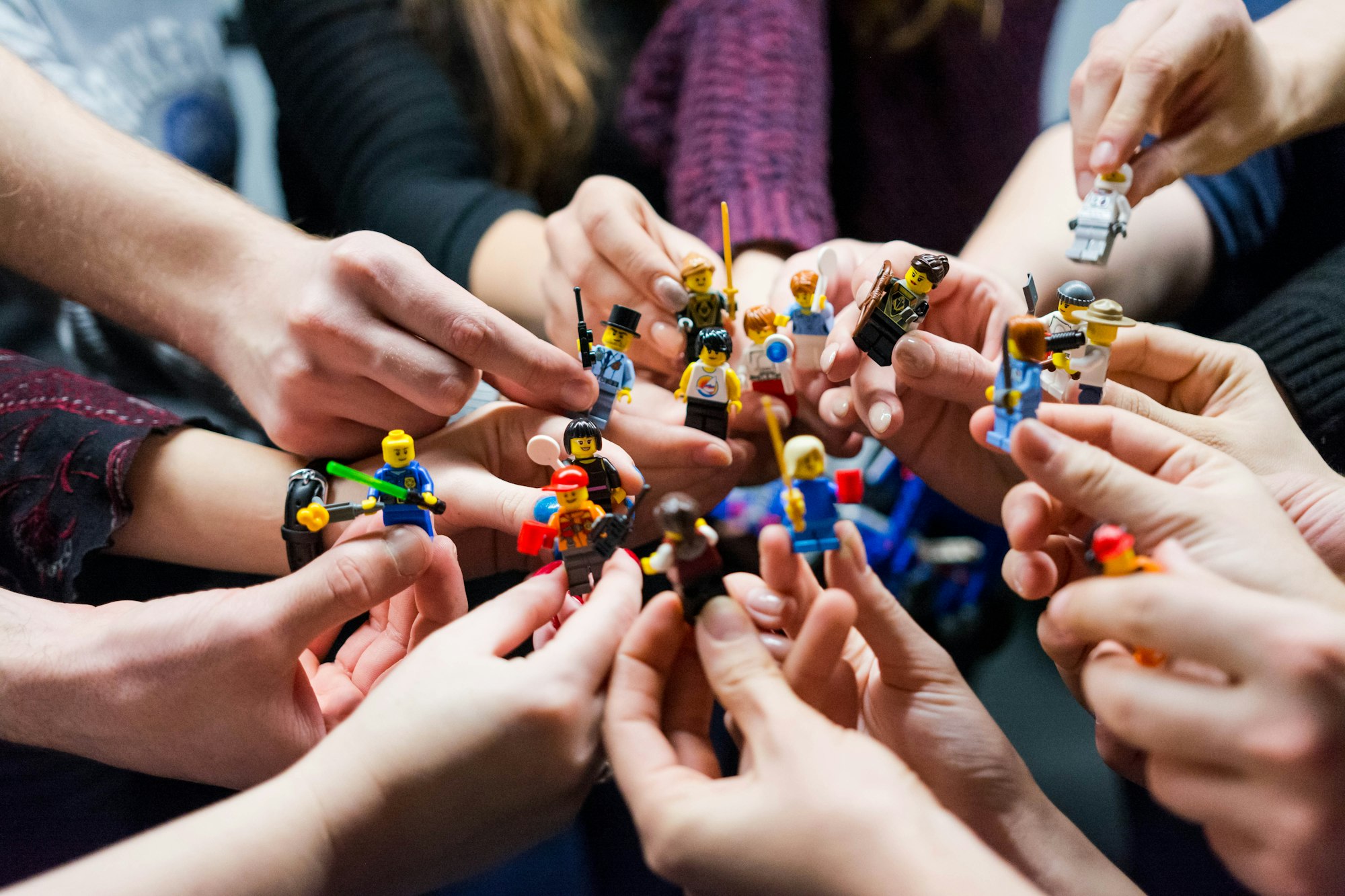Intrapreneurial guidelines courtesy of Lego's innovation team
How do Lego welcome and nurture intrapreneurial ideas within the walls of a giant global organisation?

The Lego company started making their world-famous interlocking bricks in 1949.
Over that time the toy industry has changed radically, but Lego (even though they have comes close to bankruptcy on more than one occasion) have managed to grow their brand and continue to remain relevant throughout the world despite the changes around them.
The company has managed to do this because of their internal culture of innovation and the promotion and celebration of intrapreneurship (an intrapreneur works inside a company to develop an innovative idea or project, much like an entrepreneur does, that will enhance the company's future).
So how do Lego welcome and nurture intrapreneurial ideas within the walls of a giant global organisation?
David Gram - Lego’s intrapreneur in residence - has 7 tips to do just that:
- Be a “diplomatic rebel”. You have to accept the idea that people will initially hate your new idea. They will find it threatening or too much work and you will have to make a big effort to bring them round. Use all those soft skills to build goodwill — praise people, acknowledge their help, give people a chance to shine.
- Be disciplined. It is fine to do a lot of experimenting, but make sure each experiment is testing a hypothesis and that you learn from each one.
- Radical exploration may have to happen outside the corporate walls. If the project is something too far from the company’s core business it might work best as a separate startup to begin with.
- Think big, but start small. Corporates often create steering committees for new projects which are big, expensive and slow, killing off any innovative nimbleness. These committees are really hard to disband if the company needs to change direction. It is best to innovate with as small a team as you can possibly get away with.
- Start testing straight away, even before there is any kind of product. Lego creates what Gram calls “pretotypes” which are a stage earlier, even, than prototypes.
“When you tell an engineer to build a prototype they want it to really work, which can take months,” says Gram. Instead, Lego often tests with materials thrown together in a few hours. For example, it tested a mobile phone concept in a low-tech way, by printing a big picture of a mobile phone on cardboard, cutting out the screen and getting a team member to stand in the cutout window, acting out various scenarios. This way, they could test the basic idea in front of an audience of children almost instantly, before anyone had to spend time on a single line of code. - Work in 2-week sprints. Gram’s team starts by defining a hypothesis they want to test. They build the pretotype, test it and then on the Friday of the second week they evaluate the results. The short bursts of testing help limit risk. “The team can go in the wrong direction for a maximum of two weeks,” says Gram.
- Build a “safe house” for the team. It is hard to measure an innovation team by traditional key performance measures — what they do might not initially increase sales or have any kind of measurable impact. So insulate them from that and find different ways to evaluate success. Gram’s solution at Lego is to have the team spend two days of every month reflecting on their projects, checking to see if they are going in the right direction and whether or not the rest of the company is understanding what they are doing. - via

